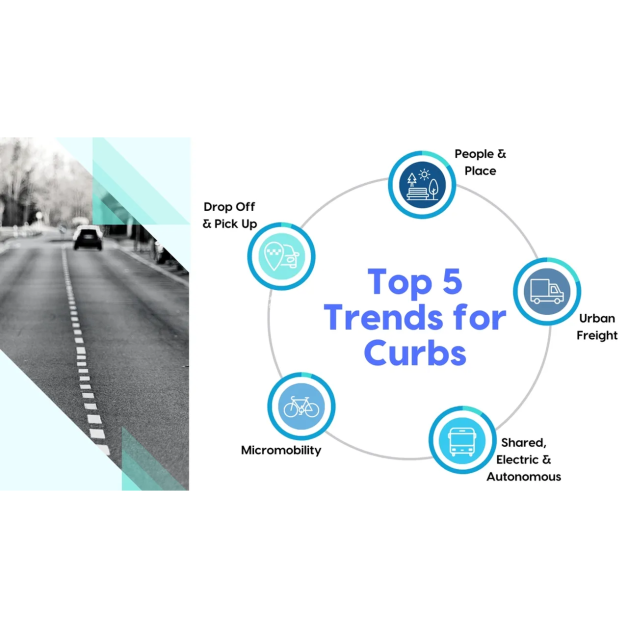The once static and overlooked urban curb is undergoing a transformative shift, evolving into a dynamic and vital component of city infrastructure. This change, accelerated by the COVID-19 pandemic, has ushered in the era of the “digital curb.” Cities, including San Francisco and Seattle, are leveraging technology to optimize curbside space, catering to new demands from ride-hailing services, last-mile delivery operations, and the anticipated integration of autonomous vehicles. However, this digital frontier presents both opportunities and challenges in updating curbside management and parking policies to meet the needs of a rapidly changing urban landscape.
The Rise of the Digital Curb
At the heart of the digital curb concept is the use of technology to manage and optimize urban curb space. The U.S. Department of Transportation’s SMART grants have played a pivotal role, encouraging cities to digitize their curbs to create databases for curb regulations and analyze curb activity through tech like smart parking meters and sensors. This digitization aims to address the urgent need for efficient curbside management, reducing congestion and improving safety. Yet, cities face hurdles such as limited resources for creating accurate curb inventories and the need for standardized data specifications. Despite these challenges, the benefits of a digital curb – from reduced congestion to the promotion of sustainable transportation – are undeniable.
Challenges and Opportunities
While the transition towards digital curb management opens new avenues for optimizing urban space, it also brings to light the complexities of modernizing city infrastructures. The lack of resources for maintaining accurate curb inventories and the absence of standardized data hamper progress. Moreover, the need for collaboration among public agencies, private companies, and community stakeholders is paramount to ensure equitable and efficient allocation of curbside resources. However, these challenges present opportunities to rethink and redesign urban spaces for the better, making cities more accessible and sustainable.
Looking to the Future
As cities navigate the shift towards digital curb management, the importance of inclusive and democratic development of urban spaces becomes clear. Studies like the one conducted by institutions including ETH Zürich and the California Institute of Technology, which explored pedestrian perceptions towards various street layouts through virtual reality, highlight the need for adaptable and safe urban designs. Furthermore, initiatives like Carlisle, Pennsylvania’s partnership with Flowbird Group to introduce an upgraded parking system, and the award of a Sourcewell contract to eleven-x for smart parking technology, underscore the ongoing efforts to modernize urban transportation. The journey towards a digitally managed curb is fraught with challenges, yet it holds the promise of creating more livable, equitable, and efficient urban environments.
By – Zara Nwosu


